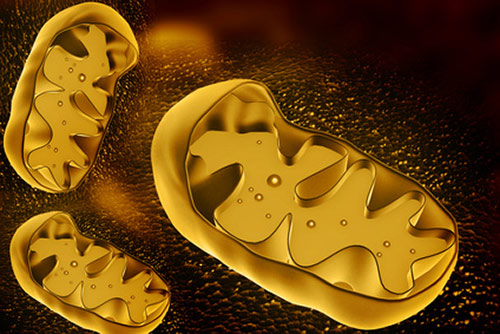Interest in somatic cell nuclear transfer (SCNT), a particular way of producing pluripotent stem cells, was rekindled a year ago. At that time, scientists announced that they had used SCNT to convert human skin cells to embryonic stem cells. “Human Stem Cells Created by Cloning,” reported Nature, which added that SCNT might yet have its day in the sun, despite having been overshadowed by an alternative approach, the reprogramming of adult cells to produce induced pluripotent stem cells.
Still, there were clouds on the horizon, including one that had been around for over a decade. Although SCNT relied on a combination of an adult nucleus with an enucleated donor egg cell, and could thereby ensure a genetic match, provided that one patient both supplied the nucleus and also received the stem cell, some scientists worried that SCNT-derived cells might still provoke an immune reaction.
The patient’s immune system, these scientists feared, could react against the SCNT-derived cells’ mitochondria, which have their own DNA. This reaction could occur because cells created through SCNT contain mitochondria from the egg donor and not from the patient, and therefore could still look like foreign tissue to the recipient’s immune system.
Now it appears that this possibility is anything but academic. According to a study in mice by researchers at the Stanford University School of Medicine and colleagues in Germany, England, and MIT, cells and tissues created through nuclear transfer can be rejected by the body because of an immune response to the cell’s mitochondria.
This finding appeared November 20 in the journal Cell Stem Cell, in an article entitled, “SCNT-Derived ESCs with Mismatched Mitochondria Trigger an Immune Response in Allogeneic Hosts.”
“In a murine transplantation setup, we demonstrate that allogeneic mitochondria in [nuclear-transfer-derived embryonic stem cells], which are nucleus-identical to the recipient, may trigger an adaptive alloimmune response that impairs the survival of NT-ESC grafts,” wrote the authors. “The immune response is adaptive, directed against mitochondrial content, and amenable for tolerance induction.”
Until this study appeared, the mitochondrial mismatch idea had never been tested. “There was a thought that because the mitochondria were on the inside of the cell, they would not be exposed to the host's immune system,” explained Sonja Schrepfer, M.D., Ph.D., a visiting scholar at Stanford’s Cardiovascular Institute and co-senior author of the study. Dr. Schrepfer, who is also affiliated with the University Heart Center in Hamburg and the German Center for Cardiovascular Research, added, “We found out that this was not the case.”
Cloned stem cells were created by transferring the nuclei of adult mouse cells into enucleated eggs cells from genetically different mice. When transplanted back into the nucleus donor strain, the cloned cells were rejected although there were only two single nucleotide substitutions in the mitochondrial DNA of these SCNT-derived cells compared to that of the nucleus donor.
The immunological reactions reported in the new paper will be a consideration if clinicians ever use SCNT-derived stem cells in human therapy, but such reactions should not prevent their use, said Irving Weissman, M.D., professor of pathology and of developmental biology at Stanford and one of the study’s co-authors.
“This research informs us of the margin of safety that would be required if, in the distant future, we need to use SCNT to create pluripotent cells to treat someone,” noted Dr. Weissman, who was among the first to raise the possibility of mitochondrial mismatch issues. “In that case, clinicians would likely be able to handle the immunological reaction using the immunosuppression methods that are currently available.”
In the future, scientists might also lessen the immune reaction by using eggs from someone who is genetically similar to the recipient, such as a mother or sister, Dr. Schrepfer added.



